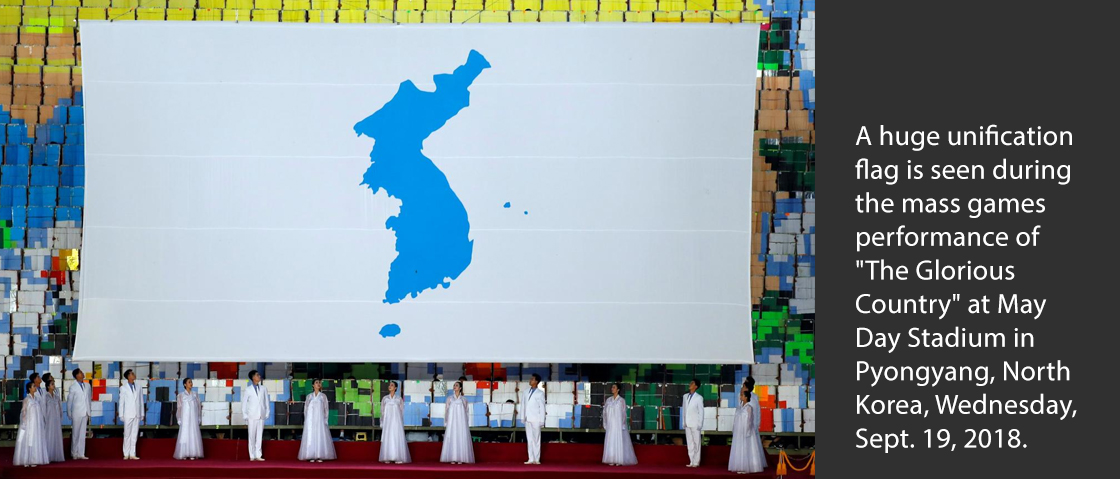“Washington and Pyongyang need to promptly resume working-level negotiations and restore trust in each other as negotiating partners.”
Editor’s Note: Looking for more opinions on where we go after the Hanoi summit? Check out all 80 expert takes on where U.S-North Korea relations go next here.
President Donald Trump and North Korean leader Kim Jong-un walked away from the summit in Hanoi without agreeing on any smaller or interim deal which had been conjectured by many experts before the summit. A rare opportunity to end the Korean War and embark on establishing peace on the Korean Peninsula through Trump-Kim nuclear talks appears to have slipped away again for the time being, but this is only the beginning of a complicated long-term process.
Instead of leaving the summit details vague to the public, both Washington and Pyongyang opted to reveal what they had asked of each other at Hanoi in a series of post–summit press talks. Whether deliberate or not, the exposure of the summit details is likely to reduce room for any meaningful compromise in the future negotiations. By tying the two parties with what they told the media respectively, it is less likely that Kim would accept any U.S. offer less than the lifting of five UN resolutions enacted in 2016 and 2017, while Trump cannot persuade his domestic critics anymore with a deal only covering the Yongbyon facility.
No matter what happened in Hanoi, now it is time to focus on what needs to be done to move the U.S.-DPRK negotiations forward if both parties are still serious about the denuclearization of North Korea as well as bringing peace and prosperity to the peninsula. Rapidly dismantling North Korea’s nuclear arsenal is an ideal but not a realistic goal, given North Korea’s current stage of nuclear development and its heavy weight for the survival of the Kim regime. To avoid a renewed collision-course with North Korea, the two countries should put diplomacy back on track and find “creative” or “niche” solutions to this stalemate, which will be not an easy task indeed.
As the failure of the Clinton administration to uphold the Agreed Framework shows, timing is very important. However, unless a sudden breakthrough is achieved, another summit between Kim and Trump appears to have a long way to go. Thus, Washington and Pyongyang need to promptly resume working-level negotiations and restore trust in each other as negotiating partners. And South Korea’s role as a mediator or a bridge-maker is becoming ever more significant in this crucial moment of Korean history.
Se Young Jang is Stanton Nuclear Security Fellow at MIT’s Security Studies Program. She has been a research fellow at Harvard Kennedy School’s Project on Managing the Atom and a nonresident scholar at Carnegie Endowment for International Peace’s Nuclear Policy Program. You can follow her on Twitter at @historian_jang.




